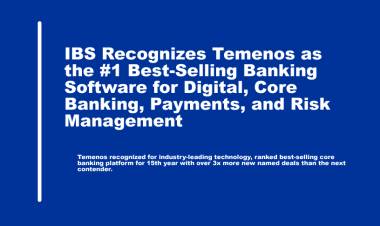2020's Added Value Of Cloud Computing

2020's Added Value Of Cloud Computing
The following drivers of Cloud Computing have been identified:
- Outsourcing Organizations accustomed to outsourcing as a way to carry out their business processes increasingly want to expand their field to include third-party computing, at least for certain applications.
- Valuation and performance time Cloud computing is aimed at delivering business applications and higher performance services. Data Centers in the Cloud are generally well equipped to meet the needs of any private Data Center. Cloud providers promise almost unlimited storage and computing capacity with high availability.
- Ubiquity Cloud-based applications with Internet access facilitate the ubiquitous (at all times - everywhere) nature of current business. Employees can access applications from the office, from home or from anywhere else, through landlines or mobile devices. Extended work teams throughout the world can share access to a specific application during the execution of a project. IT technicians can leave the office, as they are able to expand or reduce cloud applications through a web browser.
- Economy Opportunity to cut costs through the use and leveling of shared facilities. In the book "The Big Switch", Nicholas Carr draws a parallel between the increase in the power distribution grid during the early last century and the current movement towards cloud-based computing. In both cases, he argues, that economics - not the triumph of technology - is the predominant factor.
- Maturation of virtualization technologies. The maturation of virtualization technologies has allowed cloud computing to allocate resources and provide services in an efficient, dynamic and elastic way, differentiating cloud computing from the resource centralization scenario, proposed more than 50 years ago with the emergence of robust servers shared by weather. Thanks to virtualization, cloud computing has provided new possibilities to build and deploy computational infrastructure and complex services, which can be accessed on demand and used from anywhere, at any time, hiding the complex infrastructure complexities to end users.


















